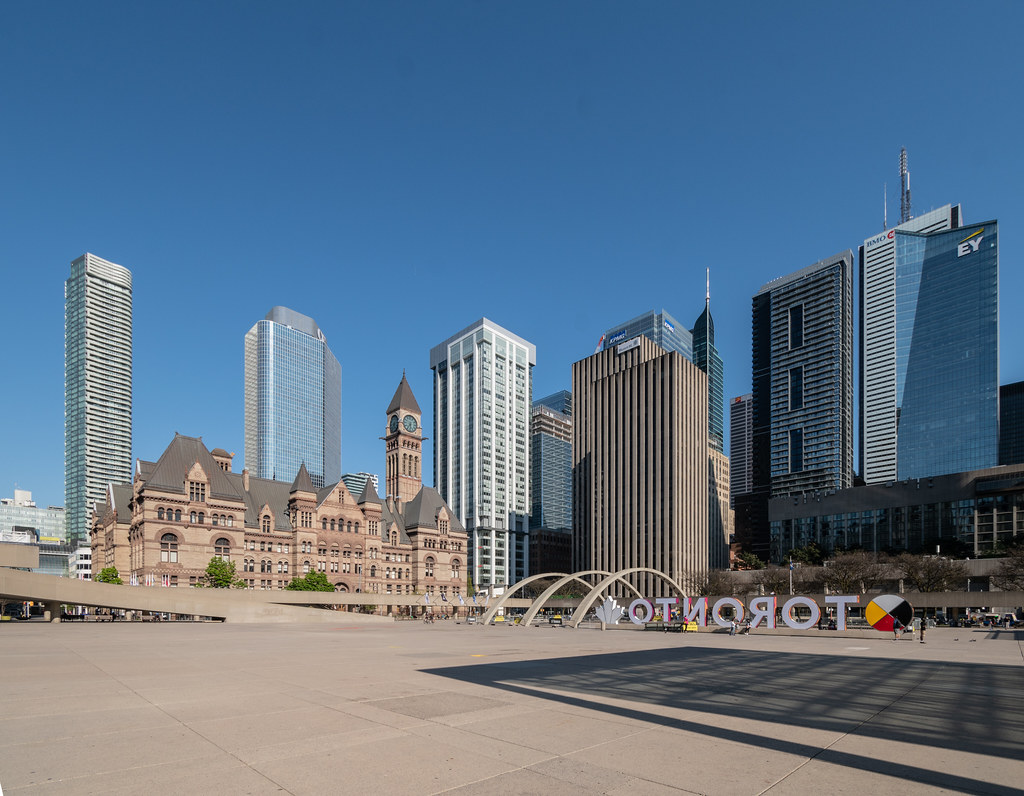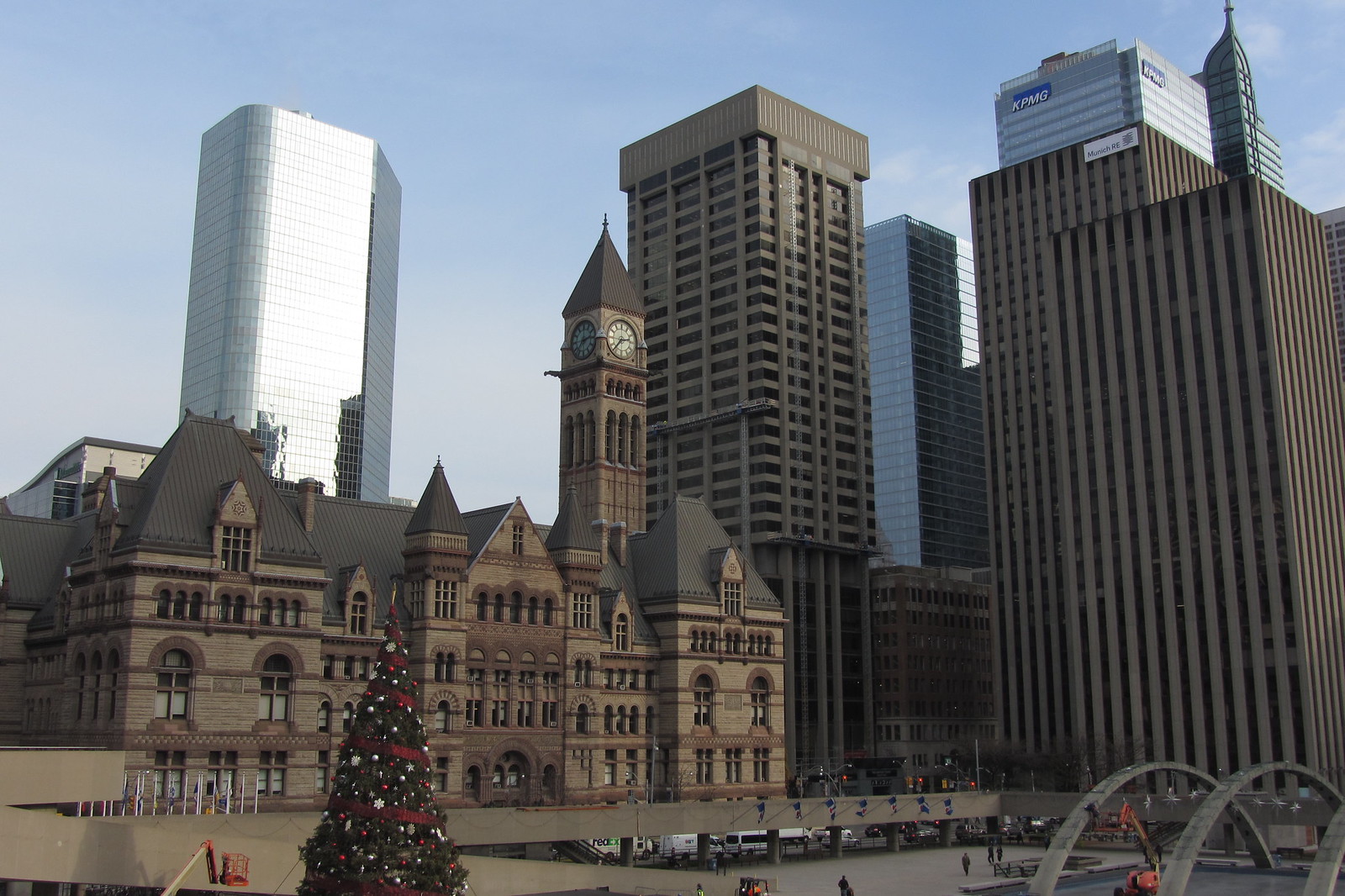Well, to be fair, the "on anyone's radar" includes those from without her department as well as those from within. And it is true that some "settling-in" time would have been required before including the Tower within the designation in 1973/76, given how such things were set up then. And over time, the fact of the designation was more or less casually taken for without-checking-the-fine-print granted as "probably" including the entire block, perhaps because of the superficial reference to 1969 alterations. So btw/that, and a broader planning process that mitigated against flagging or design-panel scrutiny for an "alteration" such as this one, it was a victim of a perfect storm of loopholes.
And to repeat what I've been saying all along: what *really* would or should have addressed a matter like this wouldn't have been just casually amending the original designation (which really *did* have to be something motivated from without, given how HPS is an arm's-length organization: "you ask, and we shall do", that sort of thing), but something along the lines of broader-reaching City Hall Precinct heritage planning--maybe as a sidebar to or extension of the NPS redesign process over the past decade and a half, but also with a bow to something like the Union Station HCD which *did* include recently-built and to-be-built properties as part of a more comprehensive, holistic "heritage planning" vision...

